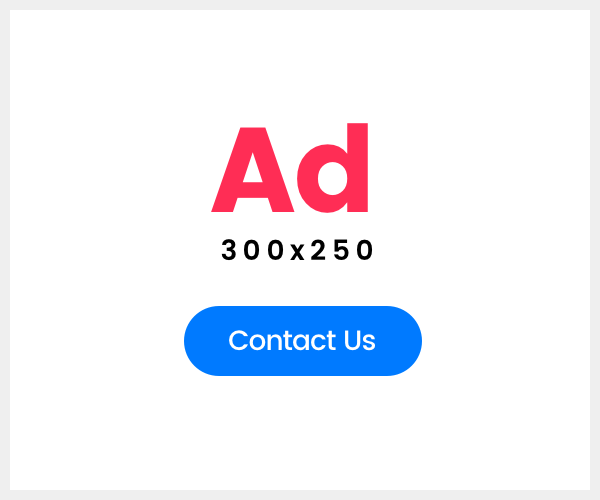We live in a world where change is constant and the pace is fast. One major shift reshaping our lives is human and AI working together. From smart assistants to self-driving cars, artificial intelligence (AI) is already influencing how we live, work, and think.
In this blog post, you’ll explore:
- How AI is blending into our daily routines
- Why collaboration between humans and machines matters
- What does it mean for your career and future
- Real-world examples showing how humans and AI are thriving together
So, whether you’re a housewife, part-time worker, or juggling a full-time job, understanding how future human artificial intelligence can secure your place in tomorrow’s world is more crucial than ever.
The Rise of Human and AI Working Together
Artificial intelligence used to sound like science fiction, but not anymore. Today, it’s a powerful tool that enhances, rather than replaces, human abilities.
AI helps us:
- Process large volumes of data quickly
- Predict outcomes based on trends
- Automate routine and repetitive tasks
And this is only the beginning.
Businesses now combine human creativity with machine precision. For example, doctors use AI tools to assist in surgeries, and marketing teams use AI to better understand consumer behavior. These are just glimpses into how humans and AI can co-create a better world.
“Human are AI”? Not quite. But the partnership is becoming seamless.
“AI could contribute up to $15.7 trillion to the global economy by 2030”, PwC
What Is Human Artificial Intelligence?
Let’s break it down. What is human artificial intelligence exactly?
It refers to a system where machines perform tasks that usually require human intelligence. These include understanding language, recognizing patterns, making decisions, and learning from past actions.
Still, this does not mean machines are taking over. Instead, they are tools helping humans make faster and more accurate decisions.
Future Human Artificial Intelligence: What to Expect
The future human artificial intelligence landscape will be about cooperation. Machines will handle heavy lifting, and humans will focus on emotional intelligence, creativity, and ethical judgment.
You might see:
- AI companions in elderly care
- Virtual tutors helping students worldwide
- Personalized shopping assistants online
According to PwC, AI could contribute up to $15.7 trillion to the global economy by 2030. That shows just how essential this partnership will be.
Career Impact: Human and AI Working Together
If you’re worried about your job, you’re not alone. Many people fear that AI might replace them. However, it’s more about transformation than replacement.
Here’s how AI is creating new opportunities:
- Healthcare: AI reads scans, humans make treatment decisions.
- Education: AI tutors support teachers.
- Retail: AI handles inventory, and people handle customer care.
You’ll need to adapt, not disappear. Start learning how to use AI tools in your field. Sites like Coursera and LinkedIn Learning are great places to begin.
Real-Life Examples of Humans and AI Together
Real-world collaboration is already happening:
1. Writers and AI Tools
Bloggers use tools like ChatGPT to brainstorm ideas and create outlines. Yet, human touch is vital for voice, emotion, and context.
2. Designers and AI Assistants
AI tools generate logo variations, but designers pick the best and make them unique.
3. Doctors and Diagnostic AI
AI scans medical images for signs of disease. Doctors then review and decide the next steps.
These partnerships show the power of human and AI working together.

The Emotional Intelligence Gap
Machines can process data, but they cannot feel emotions. Humans understand context, empathy, and morality. That’s where our strength lies.
This is why jobs that involve emotional labor, like therapy, teaching, and customer care, will always need people.
So, even as AI evolves, human value remains.
In short, this is not a race. It’s a partnership.
How You Can Prepare for an AI Future
Here are steps you can take right now:
- Stay Curious: Follow AI trends through blogs and newsletters.
- Upskill: Learn tools like Canva, Grammarly, or basic coding.
- Network: Join online communities discussing tech and AI.
- Think Human-First: Focus on soft skills like communication and adaptability.
You can explore more helpful guides at nomiBlog.com.
Frequently Asked Questions (FAQ)
Q1. Will AI take over all jobs?
No. AI will automate tasks but not eliminate the need for human judgment.
Q2. Is it too late to learn about AI?
Absolutely not. You can start at any age and pace.
Q3. What jobs are safe from AI?
Roles that require creativity, empathy, and personal interaction are less likely to be automated.
Q4. How do I start using AI tools?
Begin with free tools like ChatGPT, Google Bard, and Jasper AI. Learn as you go.
Conclusion: The Human-AI Future Starts Now
The idea of human and AI working together might seem overwhelming. But it’s not about competition—it’s about cooperation.
AI can support your job, help you make smarter decisions, and even open new career paths. All you need is the right mindset and willingness to adapt.
The future is already here. How will you shape it? Tell us in the comments or bookmark nomiblog.com and stay ahead of the curve.
More from Artificial Intelligence
Say Goodbye to Tabs? Perplexity Launches Comet, Its New AI-Powered Browser
Have you ever felt trapped in a jungle of open tabs? The new Perplexity Comet browser might finally change that. …
FBR Launches Pakistan’s First AI Customs Clearance System
Pakistan has taken a bold step forward by launching its first AI customs clearance Pakistan system. Therefore, this historic move …
How AI Automation Will Create New Jobs & Transform Careers
The conversation around AI automation new jobs 2025 is heating up fast. Many people wonder — will AI take my …






















